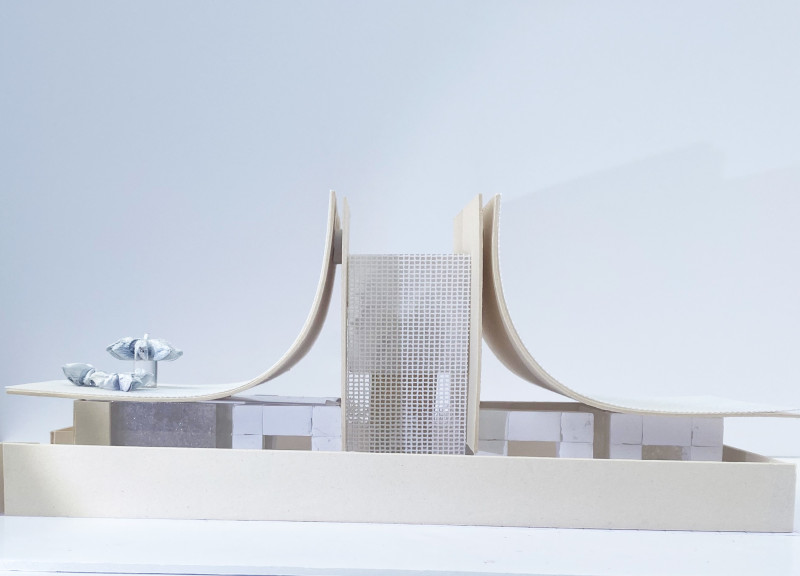5 key facts about this project
The project embodies a multifaceted approach to architecture, reflecting the vision of creating a space that is as engaging as it is practical. The primary function of the building revolves around [insert primary function], which includes [insert detailed descriptions of various intended uses, such as residential, commercial, communal, or educational spaces]. This focus fosters an environment that encourages interaction among users, creating a lively setting that enhances social connectivity. The composition of spaces is intentional, with rooms designed to flow into one another, promoting openness and accessibility throughout the building.
Aesthetically, the design features clean lines and a well-considered layout that brings a sense of balance to the overall form. The exterior showcases a combination of materials that have been thoughtfully selected to harmonize with the local environment. These include [list prominent materials, such as brick, timber, stone, or glass], each chosen not only for its beauty but also for its durability and environmental performance. For instance, the use of glass significantly enhances natural light penetration, reducing the need for artificial lighting during the day and creating a welcoming atmosphere for occupants and visitors alike.
One notable approach in the design is the incorporation of greenery and sustainable landscaping elements. Rooftop gardens and vertical planters contribute to biodiversity and foster a unique micro-ecosystem. This not only enhances the aesthetic value of the structure but also acts as a passive cooling method, demonstrating a commitment to environmental responsibility. The integration of green building practices is evident in the design's energy-efficient systems, such as solar panels and rainwater harvesting facilities, which collectively work to minimize the building's ecological footprint.
Inside, the architectural design prioritizes user experience through intelligent spatial organization. Common areas are designed to be inviting and versatile, allowing for a range of activities from casual gatherings to formal events. Features like open communal spaces, dedicated work areas, and comfortable seating arrangements further reinforce the building’s role as a hub for collaboration and creativity.
Unique design elements are thoughtfully introduced throughout the project. For instance, architectural details such as custom façade patterns and structural forms add depth and interest to the visual narrative while emphasizing the building’s identity. By thoughtfully using light and shadow, the design invites a dynamic interaction with the surrounding environment, changing as the day progresses.
The architectural plans detail how different spaces are utilized, highlighting an efficient use of square footage while maintaining an aesthetic balance. Architectural sections reveal how the building interacts with various environmental factors, showcasing how it adapts to climate and geography. These insights enhance the understanding of how design decisions impact the day-to-day experience of the users.
This project exemplifies a sophisticated balance between aesthetics and practicality, making it a valuable addition to the architectural landscape of [insert location]. It serves not only its immediate function but also sets a precedent for future developments in architectural design. Readers interested in delving deeper into the project can explore architectural designs and ideas presented in comprehensive plans and sections, which provide further insight into the thoughtful decision-making behind this notable architecture.


























